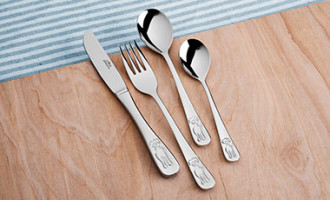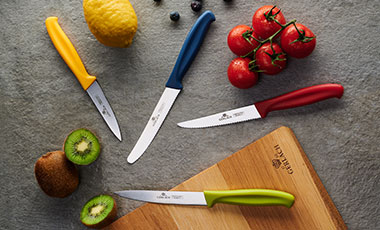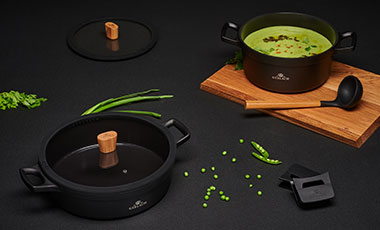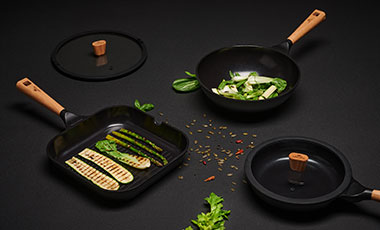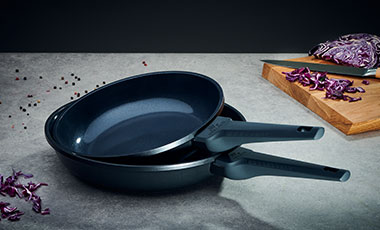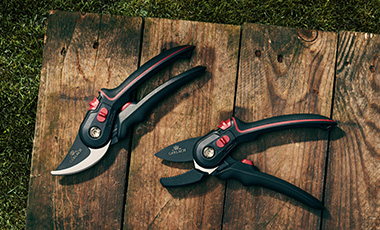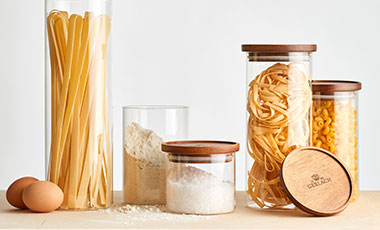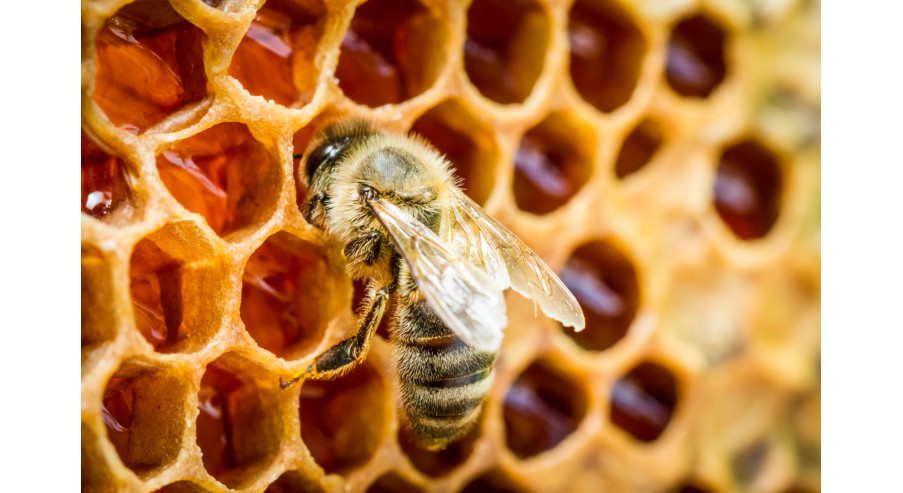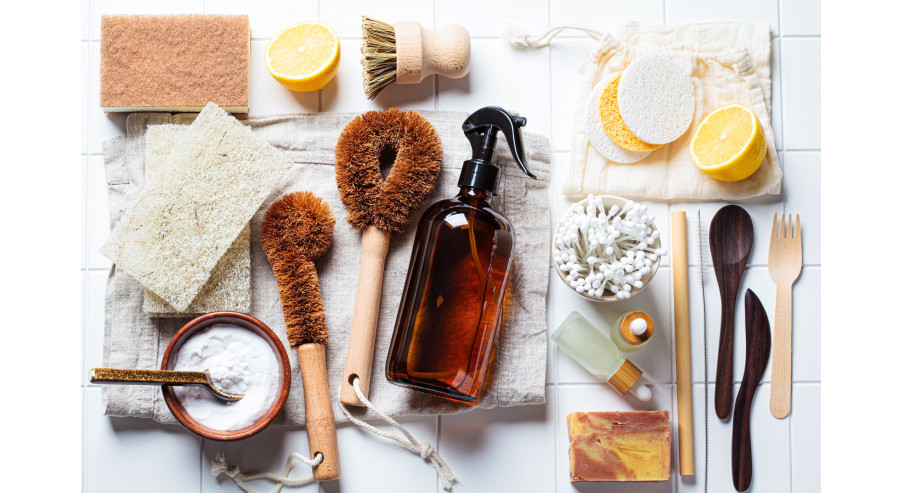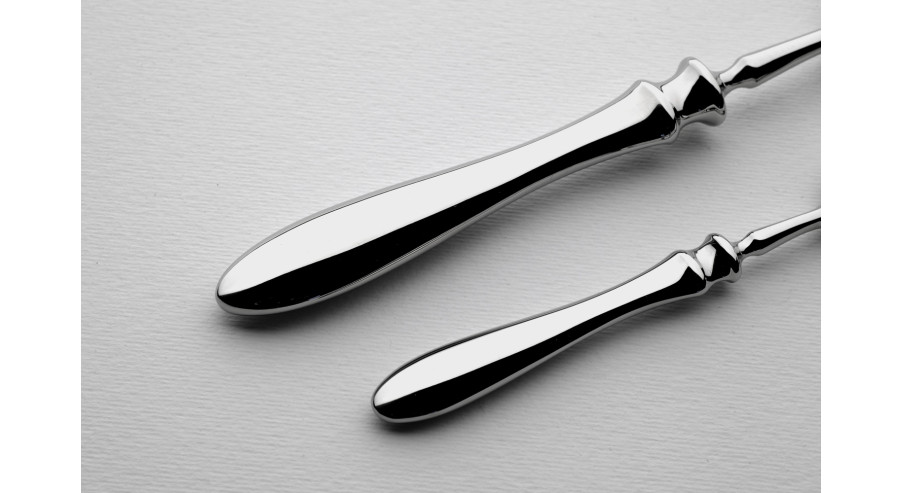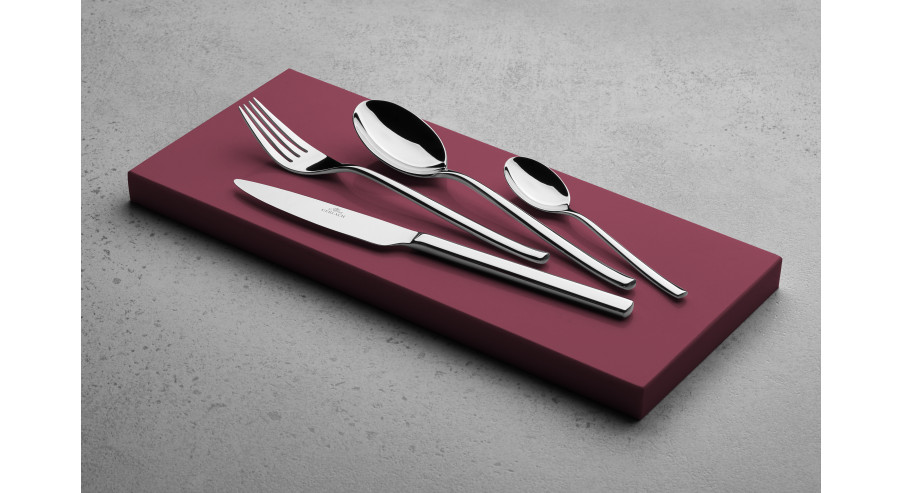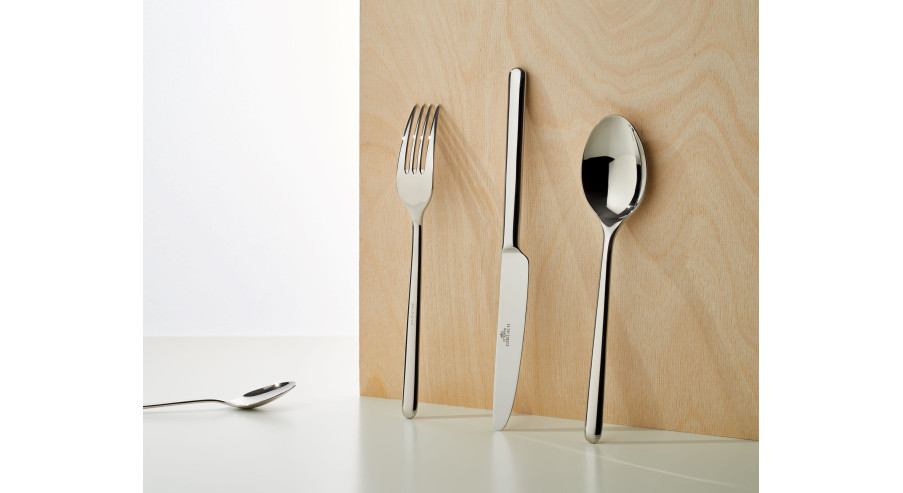From time immemorial honey is present in our everyday life. Not only is it sweet and tasty food, but also a very effective medicament. Honey positively influences on our well-being , health, and helps in weight loss. In the time of massive production for big supermarkets focused just on financial profits, it is really hard to buy 100% natural honey. Try to learn how to differentiate between this what brings nature and big companies – it will be definitely good for your health.
Sweet truth about honey
Honey consists of many antioxidants such as phenols, enzymes, flavonoids and organic acids. They reduce the blood pressure, increase blood flow, and as a result they reduce the risk of a heart attack and some types of cancer. In addition, antioxidants are responsible for reducing the level of LDL cholesterol (the high LDL cholesterol level can dramatically increase the risk of a heart attack) and increasing the level of a “good”cholesterol – HDL cholesterol. Moreover, honey has a positive impact on eye health, it helps with a cough, it speeds up the wound regeneration process (even those post-operative wounds) and it is a healthier substitute for sugar which does not lead to abrupt increase of sugar level in blood.
How to identify pure honey?
Most of all, we have to be aware that honey which is sold in supermarkets, it is usually a syntetic, extremely unhealthy caloric bomb which does not consists of natural honey ingredients. In other words, it means that it has not any taste, scent and medical properties as natural honey.
To identify pure honey, remember about a few things. Pure honey starts to crystalize after some time – it is a totally normal process. Syntetic honey will always be fluid and gold. Pay particular attention to honey bought in supermarkets in autumn and winter. At this time of the year, flowers are not pollinated and the honey production is finished, so natural honey should start to crystalize during those months.
What is more, when you are in a shop, look carefully on the jar label. Usually there should be information with the name, surname of a beekeeper and the address of bee yard. Obviously, there will be no such information on a honey jar produced in a factory. Additionally, a lot of beekeepers cooperate with Państwowy Instytut Weterynarii which controls the whole process of honey production. In this case, there should be a sign of WNI [Weterynaryjny Numer Identyfikacji] on an etiquette. However, many bee yards do not have such identification – probably they has just started the honey business.
At last, when you are at home, look closely at the honey mixture – put a spoon with honey to a glass of water and stir it. Syntetic honey will quickly dissolve while natural honey will slowly fall away, needing much time to dissolve and leaving some sediment on a glass bottom.


